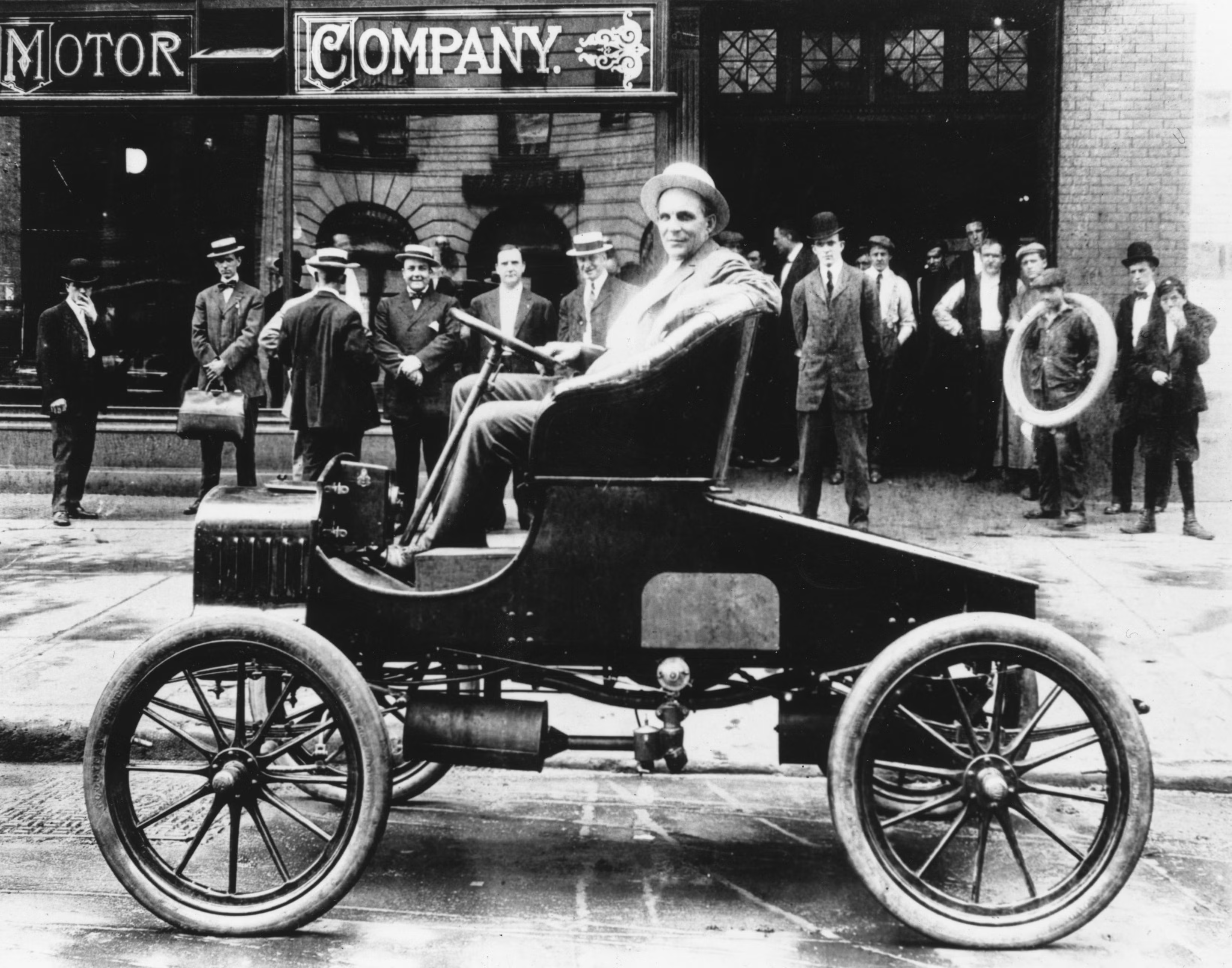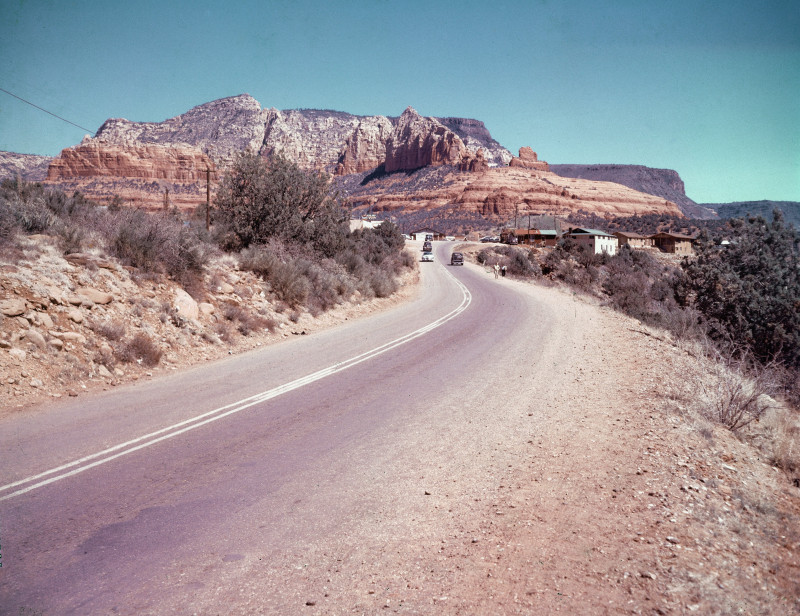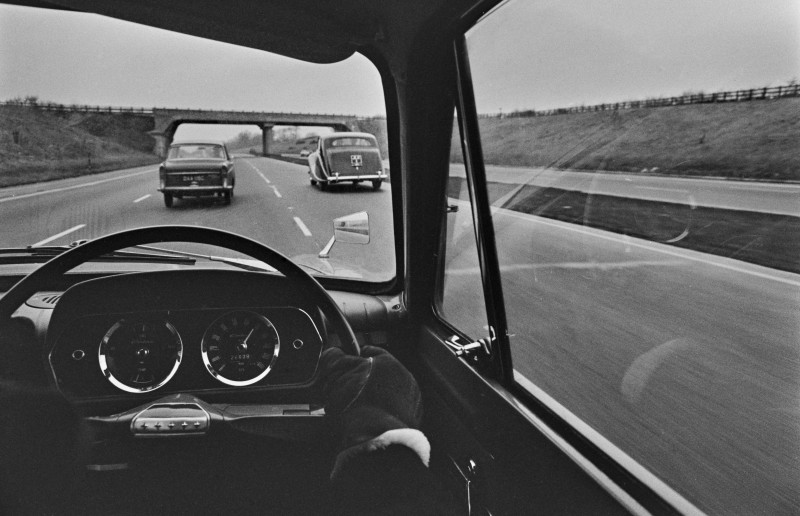Your support helps us to tell the story
Support NowOur mission is to deliver unbiased, fact-based reporting that holds power to account and exposes the truth.
Whether $5 or $50, every contribution counts.
Support us to deliver journalism without an agenda.

Louise Thomas
Editor
In September 1924, the world’s first intercity motorway opened between Milan and the small northern Italian city of Varese. Though it has been downgraded to a strada statale, about 3km of the original two-lane autostrada still exists. The remainder has been overlaid by more a modern motorway, up to 10 lanes wide.
The centenary is a good moment to look back at the milestones on the road to global mobility.
1885: Karl Benz builds his Benz Patent-Motorwagen, regarded as the first modern car.
1900 (April): The Automobile Club (later to become the RAC) organises a Thousand Mile Trial “to counter hostility to the car and demonstrate its revolutionary capacities”. Two months later, Prince Edward (later Edward VII) becomes the first member of the Royal Family to own a car: a Daimler Phaeton.
1903 (16 June): Henry Ford establishes motor company in Detroit; within five weeks he has sold his first car, a two-cylinder Model A. By January 1904 Ford personally establishes a new land speed record of 91mph in a specially built car.
1903 (14 August): After pressure from MPs about the “furious speeds” at which some motorists were driving, the Motor Car Act receives royal assent. It imposes a 20mph speed limit across Britain, and launches driving licences (though no test is required).
1908 (12 August): The first Ford Model T rolls off the first automobile production line; by 1914 Ford is making half the automobiles in the US.

1924 (September): The world’s first intercity motorway opens between Milan and Varese in northern Italy. The engineer, Piero Puricelli, later becomes a fascist senator.
1925 (5 August): The first layer of a national road network is designated in America, when the Interstate Highways Board designates 50,000 miles of road as US Highways. First on the list is US 1, the road that runs from the Maine-Canada border to Key West, Florida. But these are not motorways (or freeways) in the modern sense.
1926 (11 November): Route 66 opens, connecting Chicago with the Pacific Ocean at Santa Monica, California. For almost all its course of over 2,400 miles, the road was just a two-lane highway, carrying trucks, Greyhound buses and cars.
1931: The first Highway Code is published by the Ministry of Transport, and includes instructions for drivers of horse-drawn carriages, such as how to signal a turn: “Rotate the whip above the head; then incline the whip to the right or left to show the direction in which the turn is to be made”. Meanwhile in Germany …
1935: The German motorway age begins when Adolf Hitler opens the autobahn between Frankfurt and Darmstadt. A notable feature of the new dual-carriageway, limited-access highway is that the slip-roads are cobbled.
1943 (12 July): The London County Council publishes plans for a ring road around the capital, and a new trans-oceanic airport near Feltham in Middlesex. Heathrow airport arrived three decades before the M25.

1948 (2 November): The Special Roads Bill proposes 1,000 miles of “motorway” in Britain. It would take exactly a decade before the first long stretch of motorway opened.
1956 (29 June): The Dwight D Eisenhower System of Interstate and Defense Highways was signed, proposing a network of freeways across the United States. Work began on the first project on 13 August for US 40 – now I-70, the Mark Twain Expressway - in St Charles County, Missouri.
1958 (5 December): An eight-mile stretch of the M6, around Preston, marks Britain’s entry into the motoring age; seven weeks later, it was temporarily closed because of frost damage.
1959 (2 November): Within a year, the first stretch of an actual long-ish motorway had opened: the M1 from near St Albans in Hertfordshire to Rugby in Warwickshire. Two lanes in each direction (plus a hard shoulder), no central barrier, no speed limits and no lighting. What could possibly go wrong? On the same day, Britain’s first motorway service station opened at Watford Gap in Northamptonshire. It became a popular stop for touring pop bands.
1960: The British Petroleum Company publishes it first Touring Guide to Europe, to help motorists transfer their newly acquired motorway skills on the Continent and adding handy tips such as: “Your car’s electrical system can be used for many useful purposes - such as heating water, making coffee, running an electric shaver or extra lights”.
1961 (August): The closure of the frontier between East and West Berlin means three motorways between West Berlin and West Germany are designated as transit routes, with motorists unable to leave the autobahn. A similar system will soon be used in the town of Dover as one of the many Brexit border benefits, with coach passengers placed in sealed vehicles to travel from the Western to the Eastern Docks.
1971: Publication by Pan Books of the Hitch-hiker’s Guide to Europe. It is priced at ten shillings (50p).

1972: The Kinks bring out a song called Motorway, including the lyrics: “Motorway tea is warm and wet/The rain is a pouring and it’s four in the morning/And it’s all I can get.” Subsequent anthems to the motorway include the 1974 song Autobahn by the German electronic band Kraftwerk, which reaches no 11 in the UK charts; and the 1977 hit 2-4-6-8 Motorway by the Tom Robinson Band, which reaches number 5.
1972: “Spaghetti Junction”, official the Gravelly Hill Interchange, opens north of Birmingham as the M6 junction. The Institution of Civil Engineers says: “A factory, a bank, 160 houses, a block of flats and the Erdington Arms pub were some of the properties demolished to make way for the interchange. It became famous for its unique, pasta-like appearance, and as Britain’s first free-flowing interchange without traffic lights or roundabouts.”
1986 (29 October): Margaret Thatcher opens the final section of the M25 orbital motorway around London, between junctions 22 and 23 north of Watford. I made the first complete hitchhiking circumnavigation around the M25 that same afternoon, taking three hours.
1989 (8 January): In the last fatal accident involving a UK jet aircraft – the Kegworth air disaster – a British Midland Boeing 737 crashed on the M1 just short of the runway at East Midlands airport. The plane bounced across the motorway and came to rest beside it; 47 passengers died. No vehicles were on the M1 at that location at the time so
1999: The European Environment Agency finally defines a motorway as “a road specially designed and built for motor traffic, which does not serve properties bordering on it”. Three further conditions are required; the road must:
- be provided, except at special points or temporarily, with separate carriageways for the two directions of traffic, separated from each other either by a dividing strip not intended for traffic.
- not cross at grade [ie at the same level] any road, railway or tramway track, or footpath
- be specifically designated as a motorway.
2003 (14 December): The M6 Toll, a 27-mile bypass to the northeast of Birmingham, fully opens. The current toll is £9.70 for a car.
2017 (4 August): Data firm Inrix computes the worst traffic jam of the year to be on the M5 northbound by junction 20. Two lorries crashed, creating a fuel spill. “Traffic tailed back 35 miles at the peak, and the jam lasted 15 hours, resulting in an estimated cost of £2.4 million to road users,” the company says. The worst month for traffic jams, by some distance, is April.
2023 (5 October): Moto Rugby services on the M6 is rated England’s best motorway services by independent transport user watchdog Transport Focus.
Read more: The UK’s best road trips
Disclaimer: The copyright of this article belongs to the original author. Reposting this article is solely for the purpose of information dissemination and does not constitute any investment advice. If there is any infringement, please contact us immediately. We will make corrections or deletions as necessary. Thank you.



